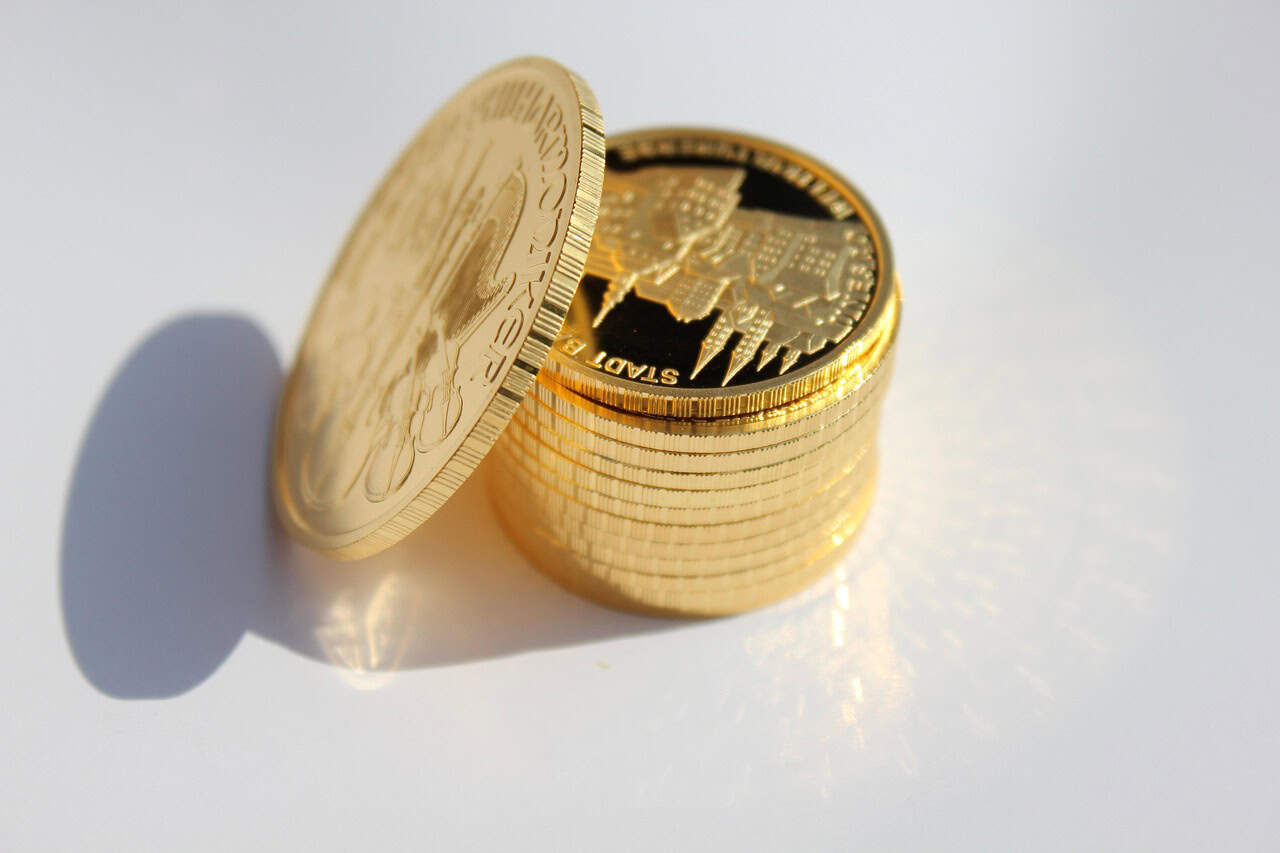Gold has long held a special place in the hearts and minds of investors, often regarded as a safe haven amidst economic uncertainty. As the price of gold fluctuates, many wonder if it’s still a reliable option for securing long-term wealth.
This article explores the underlying truths about gold, its role in wealth preservation, and the factors that influence its value.
The Historical Significance of Gold
From ancient civilizations to modern economies, gold has been a symbol of wealth and power.
Societies have used it as currency, and it has adorned the crowns of emperors and kings. Its intrinsic value has remained remarkably consistent throughout history, making it a trusted medium of exchange.
In the past, gold was seen as a hedge against inflation and currency devaluation. When paper money loses its purchasing power, gold tends to shine.
This historical backdrop creates a perception that gold will always be a safe bet for wealth preservation.
Gold as a Hedge Against Inflation
Inflation erodes the purchasing power of currency, leading many investors to flock to gold in an attempt to safeguard their assets.
The idea is simple: as prices rise, gold often appreciates in value. This relationship, however, is not always linear.
Gold can be a reliable hedge against inflation, but it’s essential to remember that market dynamics can shift. Economic policies, global conflicts, and changes in interest rates can all impact gold’s performance.
If you’re looking for a dependable way to start investing in gold, Money Metals provides valuable resources and access to a wide range of bullion products.
Market Dynamics and Gold Prices

The price of gold is influenced by a myriad of factors, each playing a role in its fluctuations in the market. Supply and demand, geopolitical tensions, and even changes in consumer sentiment can all drive prices up or down.
For example, in times of crisis, demand for gold typically surges, pushing prices higher. Conversely, when economies stabilize, investors may sell off their gold holdings, leading to a price drop.
Understanding these dynamics is crucial for anyone looking to invest in gold with the intent of preserving wealth.
The Role of Central Banks
Central banks play a significant role in the gold market. They hold vast reserves of gold, which they often buy or sell to stabilize their currencies.
When central banks increase their gold reserves, it signals confidence in the metal’s value, often leading to higher prices.
Conversely, if a central bank decides to sell a portion of its gold holdings, it can flood the market and depress prices. Investors should stay informed about central bank policies and actions, as these can offer insights into potential price movements.
Diversification: The Key to Wealth Safety
While gold can be an essential component of a wealth preservation strategy, it should not be the only asset in an investor’s portfolio. Diversification spreads risk across various asset classes, reducing the impact of any one investment’s performance on the overall portfolio.
Including stocks, bonds, real estate, and other commodities alongside gold can create a more balanced investment approach. This strategy can help mitigate risks and enhance long-term returns.
Gold can offer protection during turbulent times, but a well-rounded portfolio is necessary for sustained wealth growth.
The Emotional Aspect of Gold Investment
Investing in gold is often driven by emotions, particularly fear and uncertainty. Many people are drawn to gold during times of crisis, believing it offers security.
While this emotional response can be understandable, it’s vital to approach gold investment with rationality.
Buying gold out of fear can lead to poor decision-making. Emotional reactions can cause investors to overreact to market fluctuations, leading to hasty buying or selling.
A level-headed approach, coupled with thorough research, is crucial for successful gold investment.
Technological Advancements in Gold Trading
The advent of technology has transformed how investors trade gold. Online platforms and trading apps have made gold investment more accessible than ever before.
Investors can now buy, sell, and trade gold with just a few clicks, removing many barriers that once existed.
However, this ease of access can lead to impulsive decisions. It’s essential for investors to remain disciplined and informed, regardless of how simple the trading process may have become.
Relying on technology should not replace thorough market analysis.
Gold and Its Environmental Impact
In recent years, the environmental impact of gold mining has come under scrutiny. Concerns about ecological damage and sustainable practices have raised questions about the long-term viability of gold as a wealth-preserving asset.
Investors are increasingly considering the ethical implications of their investments. Sustainable gold mining practices, such as responsible sourcing and environmentally friendly extraction methods, are gaining traction.
This shift in consciousness may influence future demand and, consequently, gold prices.
The Psychological Value of Gold
Gold carries a psychological weight that few other assets do. Many individuals associate gold with wealth and success, which can shape their investment choices.
This allure can create a self-fulfilling prophecy: as more people invest in gold, the price may rise due to increased demand.
However, this psychological connection can also lead to irrational behavior. Investors might hold on to gold during downturns, believing that its value will inevitably rebound.
Recognizing the emotional ties to gold can help investors make more rational decisions.
Long-Term Perspective in Gold Investment
Investing in gold requires a long-term perspective. Short-term fluctuations can be disconcerting, but maintaining a focus on broader trends is essential.
Historically, gold has appreciated over extended periods, making it a viable option for those looking to preserve wealth.
Patience is a virtue in gold investment. It’s easy to get caught up in daily price movements, but the real value of gold is often seen over years or even decades.
Committing to a long-term strategy can yield significant benefits for wealth preservation.
The Importance of Research and Education
Before investing in gold, it’s crucial to engage in comprehensive research. Understanding market trends, historical performance, and the factors influencing gold prices can empower investors to make informed decisions.
Additionally, seeking knowledge about different ways to invest in gold, such as ETFs, physical gold, or stocks, can broaden an investor’s options.
Education is key in navigating the complexities of the gold market, especially for newcomers.
A Balanced Approach to Wealth Preservation
In summary, gold holds a vital role in the conversation about wealth preservation. Its historical significance, capacity to hedge against inflation, and emotional allure make it an appealing investment for many.
However, it is not without its challenges and complexities.
Investors should approach gold with a balanced perspective, integrating it into a diversified portfolio rather than relying solely on it.
Understanding the broader economic landscape, remaining patient, and committing to research can help ensure that gold remains a valuable asset in the quest for long-term wealth safety.

